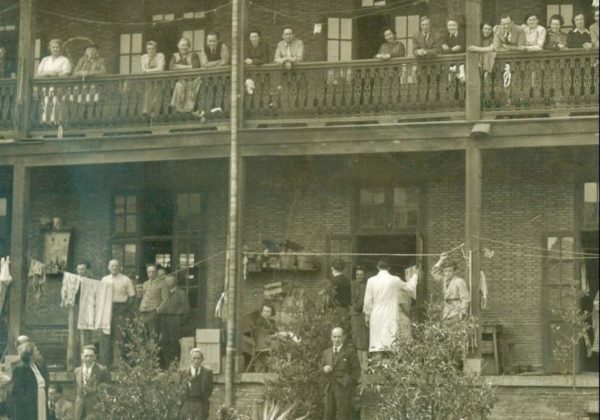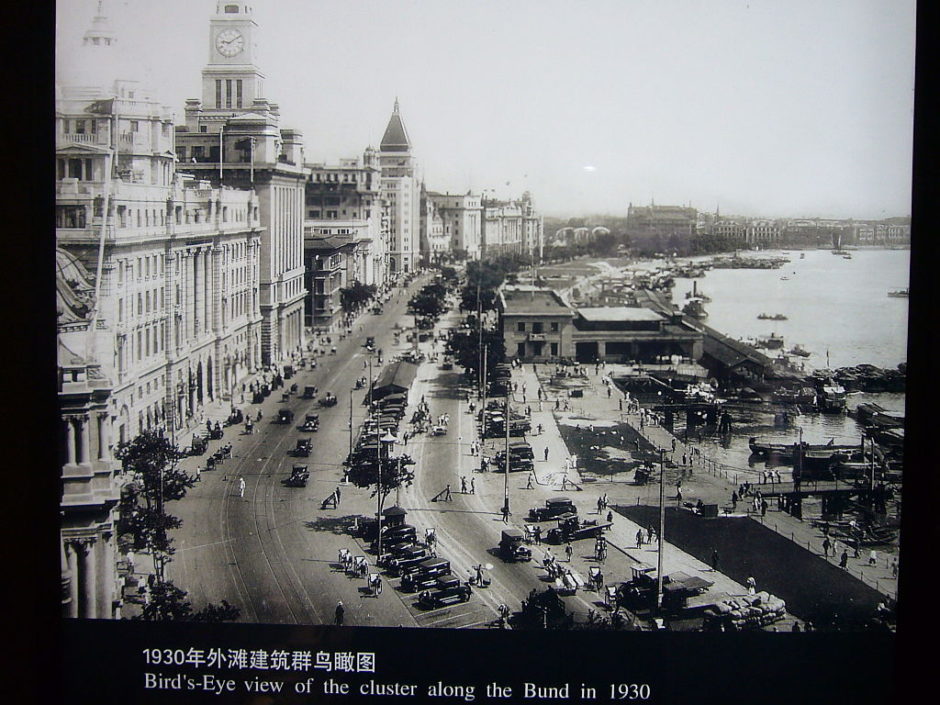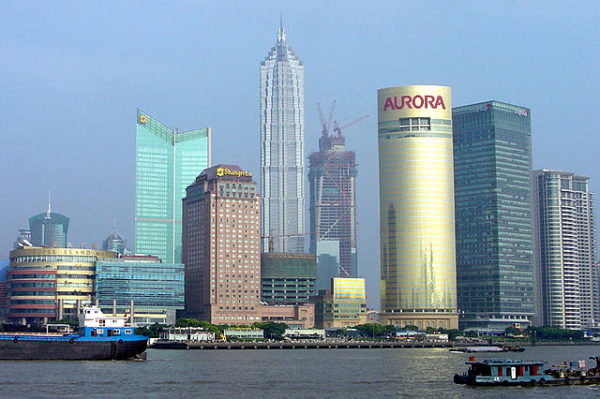
Contemporary Shanghai is a modern, pulsating metropolis of 24 million inhabitants, a microcosm of China’s astonishing ascension to super power status. But from the late 1930s to the mid-1940s, when it was occupied by Japan, this vibrant city was a haven for some 20,000 European Jewish refugees, primarily from Germany and Austria but also from Czechoslovakia and Poland.
Already home to a small Jewish community of Sephardic and Russian Jews who had arrived in the 19th century, Shanghai was a convenient port of entry because it required no visa or proof of capital.
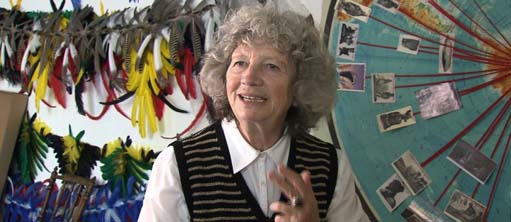
Shanghai’s role in the rescue of Jews imperilled by persecution and genocide is the subject of Ulrike Ottinger’s mammoth and memorable documentary, Exile Shanghai, which will be screened on March 6 at 6:30 p.m. at the TIFF Bell Lightbox in Toronto (350 King Street West). It will be presented by the Goethe-Institut in cooperation with the Toronto Jewish Film Society and the Toronto Jewish Film Foundation.
The movie, 275 minutes in length, was originally released in 1997. But the passage of nearly two decades has not dimmed its appeal by one iota. A fascinating amalgam of on-camera interviews, file footage and vintage photographs and posters, it delves into one of the most intriguing footnotes of the Holocaust.
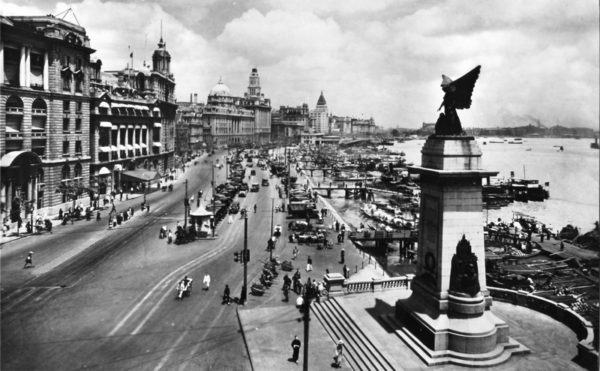
Exile Shanghai unfolds in languid fashion as several of Shanghai’s former residents, now American citizens living in California, recall their experiences. Being knowlegeable, talkative and articulate, they leave a viewer with indelible impressions.
Rena Krasno, whose family arrived from Russia in the early 1900s, conducts herself like a historian. She talks about the Sassoons, the wealthy Sephardi Jews who set up shop in Shanghai in the wake of the Opium Wars, and she describes the arrival of the Russians after the pogroms of the 1880s and the 1904 Russo-Japanese War. But above all, she focuses on the Jews of Germany and Austria who fled in terror from the menace of fascism and antisemitism.
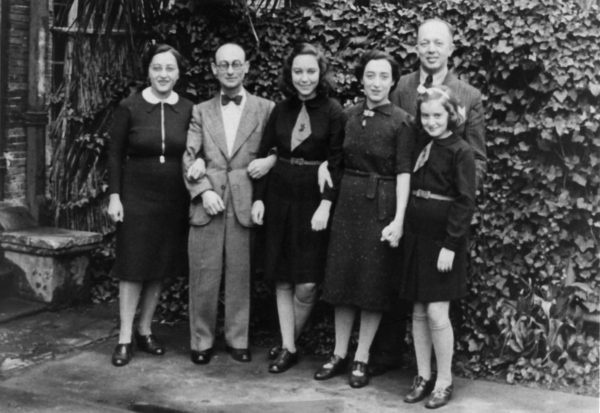
At first, the newly-arrived migrants lived in the extra-territorial enclaves of Shanghai carved out by Britain, France and the United States. But after 1943, Japan herded the vast majority of Jews into the wretched Hongkou neighborhood, where conditions were abysmal. Jews who had settled in Shanghai before the 1937 Japanese invasion of China were immune from this edict.
A lively woman, Krasno discusses Shanghai’s rich cultural offerings, the skills that enabled the Jewish refugees to survive in their exotic surroundings, and the appalling poverty that afflicted the bulk of the indigenous Chinese population.
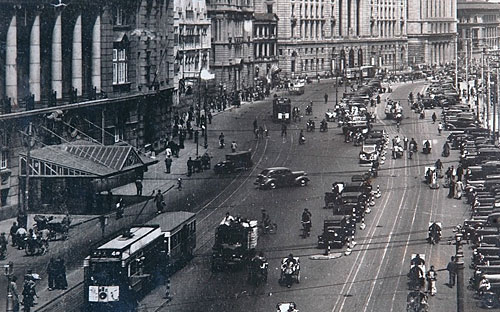
She also recalls the U.S. bombing raids of 1945 aimed at Japanese munition dumps in Hongkou, the end of the Western colonial system in Shanghai, and the flight of Jews from China in the aftermath of World War II.
This segment of the film, like the others that follow, sometimes seems like a travelogue. To the sweet and soothing sounds of German songs and operettas, Ottinger captures eclectic images of Shanghai — hordes off cyclists threading through heavy traffic, two technicians quietly sorting and wrapping tea leaves, a chef adroitly making long noodles from wads of dough, feisty seniors exercising in parks, grizzled fishermen sizing up the catch of the day, a young married couple posing for photographs, and so on.
After Krasno, Theodore and Gertrude Alexander share their sharp memories of Shanghai.
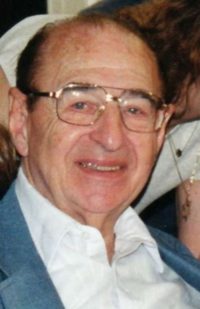
Theodore and his parents left Berlin after Kristallnacht in 1938 and arrived in Shanghai after a three-week voyage aboard an Italian ship. Gertrude, a native of Vienna, was reunited with her parents in Shanghai in 1940 after a sojourn in Britain. “It was quite a reunion,” she says. “Everybody was crying and happy.”
An English speaker, Theodore found a job at a Sassoon-owned company within a few days of landing. Thanks to German stocks and bonds they had concealed in a mattress, his family fared quite nicely at the outset. Gertrude was hired as a dress designer, while her father was employed as a judge in an international court.
Both families were confined to Hongkou, where Theodore and Gertrude met. Despite the hardships the refugees endured, they made a life for themselves there. They opened European-style restaurants and cafes. They established newspapers, magazines and theatres. In short, they coped amid adversity.
Inna Mink, a Russian Jew from Harbin who married a Viennese Jew, recalls that German and Austrian Jews, though traumatized by their expulsion from Europe, were bright, educated and resourceful people.
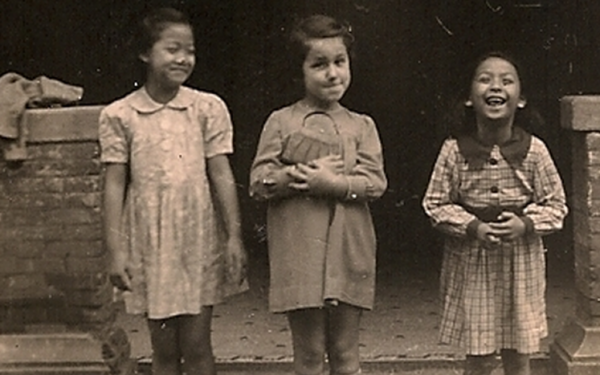
Far from being bitter about the Japanese occupiers, she points out that they refrained from physically abusing Jews. Her explanation for Japan’s decision to create the special Hongkou segregated area turned on its need to maintain control and order in such a chaotic place.
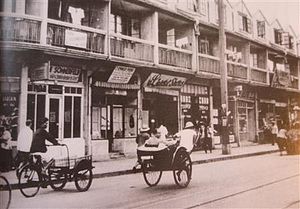
Geoffrey Heller, a German Jew from Berlin, emigrated from Germany in 1939, and his father joined him in 1940. “Shanghai was the last point of refuge for people like us,” he says.
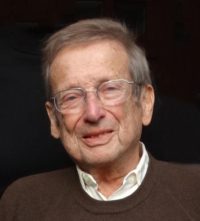
For a while, they lived comfortably in the French concession, his father having opened a trading company with a Chinese partner. Heller, a contemplative man, enjoyed the city until he was forced to move to Hongkou. “It was a high adventure for me,” he says. But in Hongkou, he and his dad faced congestion and food shortages.
He has kind words for the Chinese people he either encountered casually or knew on a personal basis. In a reference to their behavior during and after Japan’s occupation, he recalls, “They were enormously civilized.”
And compared to the fate of Jews in Nazi-occupied Europe, Heller’s interregnum in Shanghai was, as he puts it, like a “picnic.”
Need more be said?
